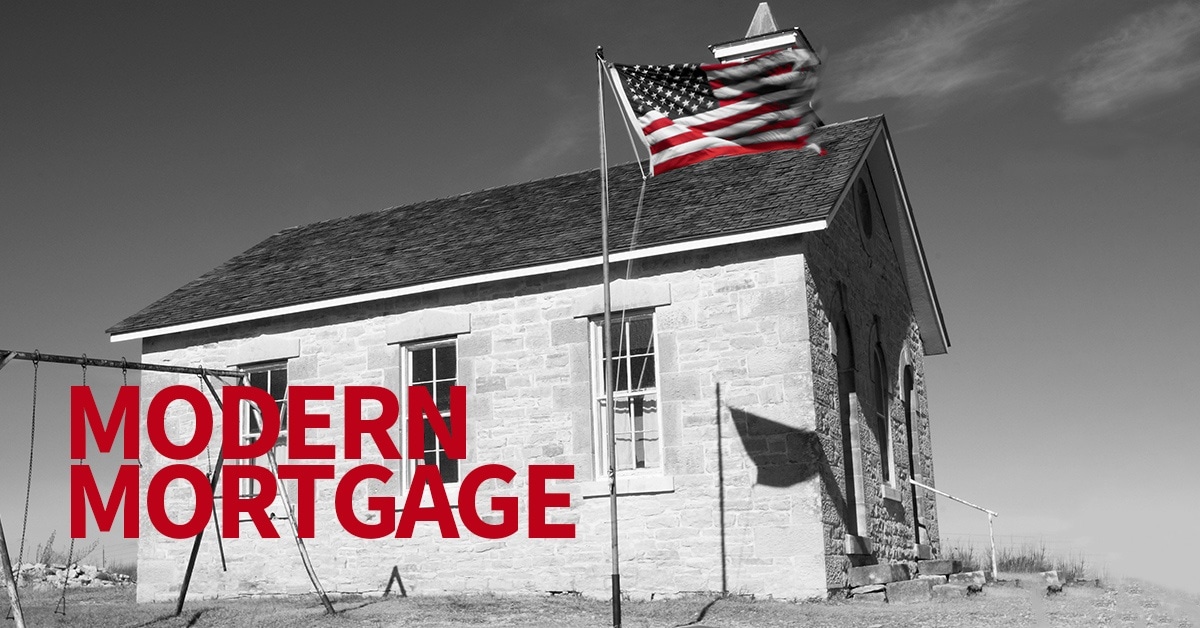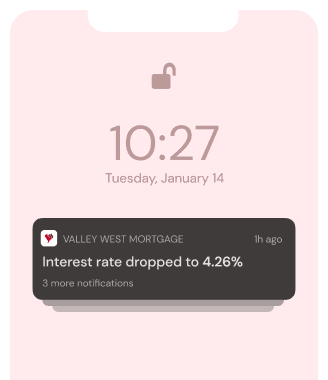
In today’s economy, we know a mortgage as a financial agreement made between a borrower and a bank to purchase a home. Houses typically cost more than a person can pay for out of pocket and/or all at once. Since banking institutions have the means to make large purchases, they can give you a loan for the house you wish to buy and allow you to pay them back over time. So, the mortgage agreement is created to define how much and how long the borrower will pay for the home on a monthly basis before the property is completely paid off. When you’re paying on a mortgage, you don’t technically own your home until you’ve completely paid it off. The property purchased is a form of collateral that ensures that you will pay the bank back. This is why if you default on your mortgage (in other words, you don’t pay your mortgage or “house note”) your house is foreclosed on by the bank who holds your loan.
There are several different types of loan programs that are offered to the public. Some loans are catered to a specific demographic, like the VA loan, designed for United States Veterans and their families. But how did we get from the very first mortgage to the modern-day mortgages that are offered now?
There are documents in England that show record of mortgages existing as far back as the year 1190. In America, mortgages have been around since the late 1800s. (It’s probably safe to say most people built their homes by hand back then). As new immigrants came over from different countries, the need for more homes and property arose. Can you believe in the early 1900s homes required a down payment of 50%? Kind of makes you feel privileged to have lenders of today only asking for a 20% down payment, wouldn’t you say? Oh, and borrowers in the early 1900s also had to pay off the remainder of their loan in 5 years! That definitely puts our modern 30-year fixed payment into perspective. Compared to borrowers of that time, we’re spoiled.
Steep requirements like those stated above increased the likelihood of defaulting by borrowers. Eventually we hit rock bottom and the Great Depression began in 1929. Thanks to President Roosevelt (F.D.R. to be specific), the New Deal was created and put into law. The New Deal put policies in place to protect lenders and borrowers in financial transactions. New standards were implemented and the cost to borrow money was lowered significantly.
The design of our modern mortgage came out of the desperate financial needs invoked by the Great Depression. Lenders are now held to higher standards and borrowers are offered programs to help with financial needs. Learning from our economic history has helped our government to structure our financial resources and responsibilities of today and for the future.
When doing your research, always be sure to consult great sources, check out the sources for this article below!
https://www.thebalance.com/the-great-depression-of-1929-3306033
http://bebusinessed.com/history/history-of-mortgages/
https://www.thebalance.com/mortgage-meaning-and-explanation-315709


Instant notifications for your scenario
Let's do it⏰ Your offer will be delivered to your inbox in less than a minute!